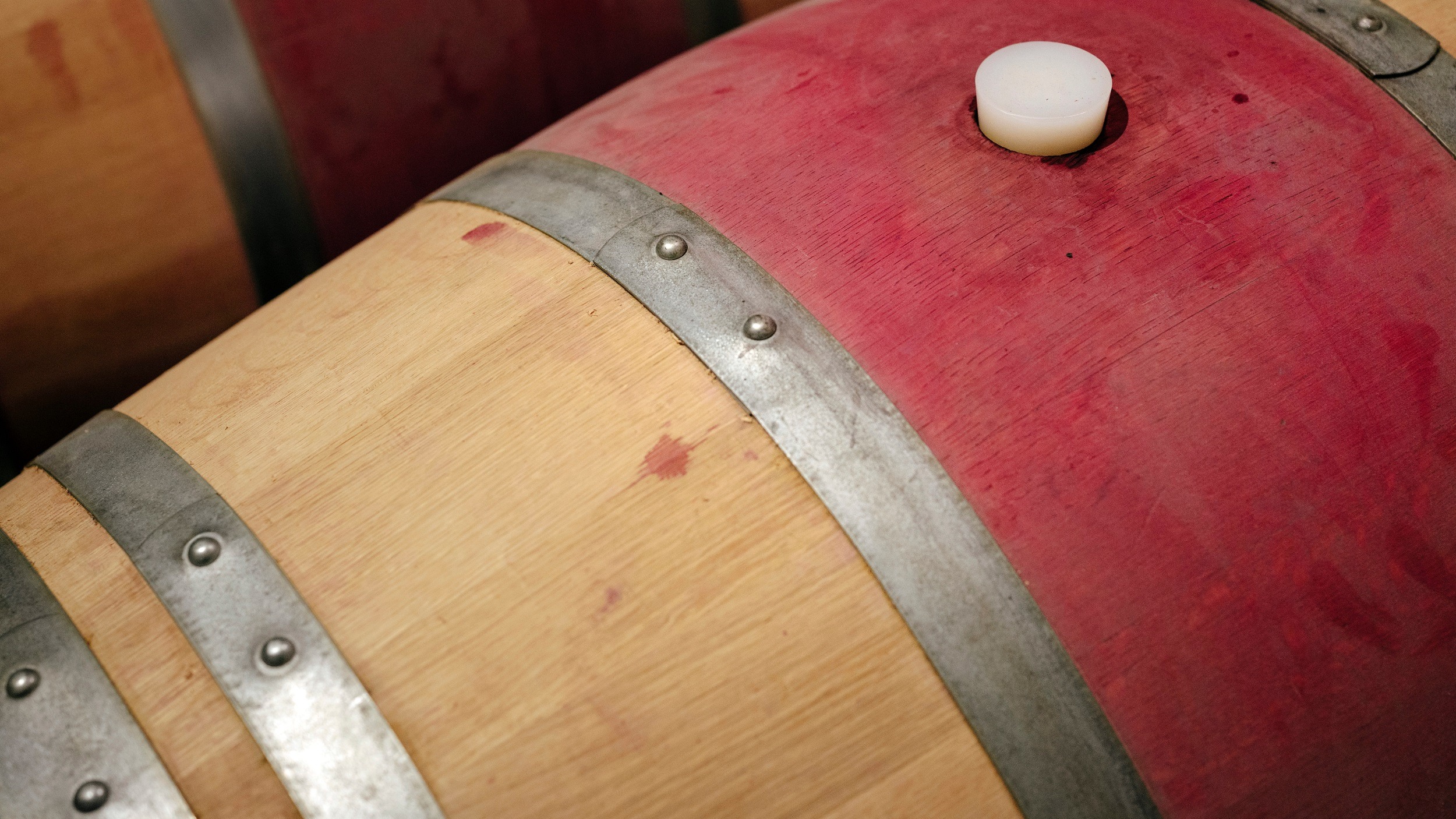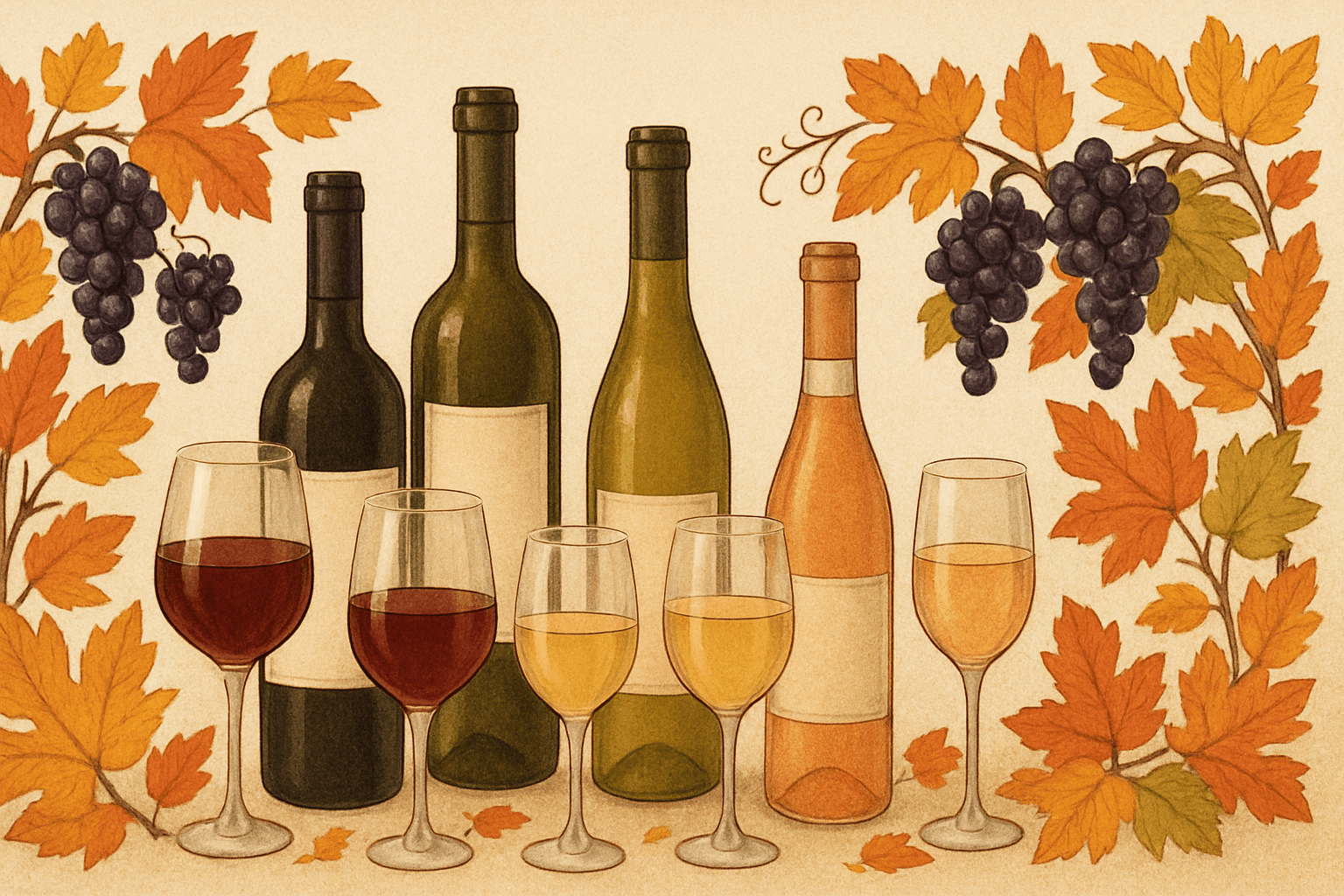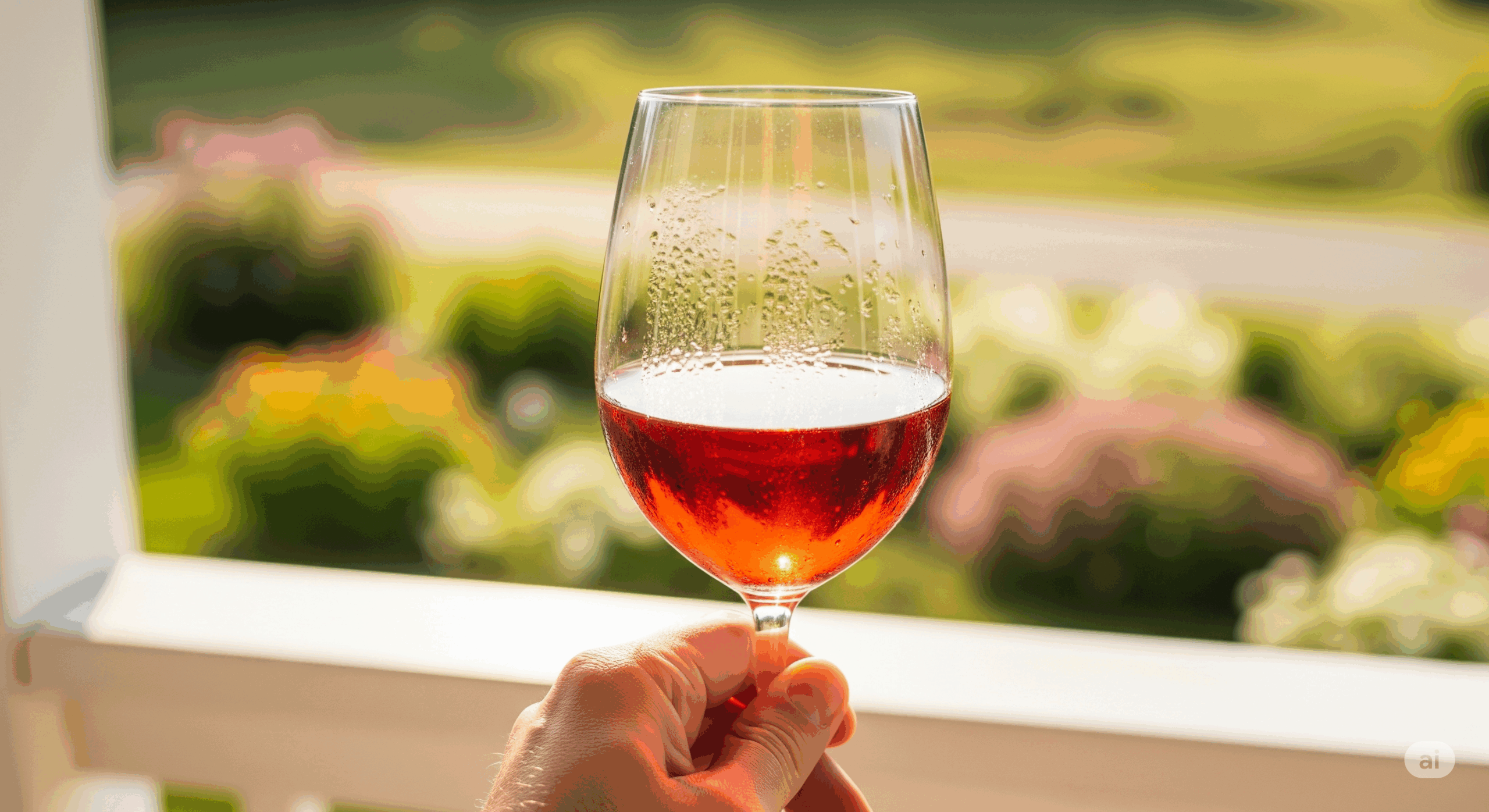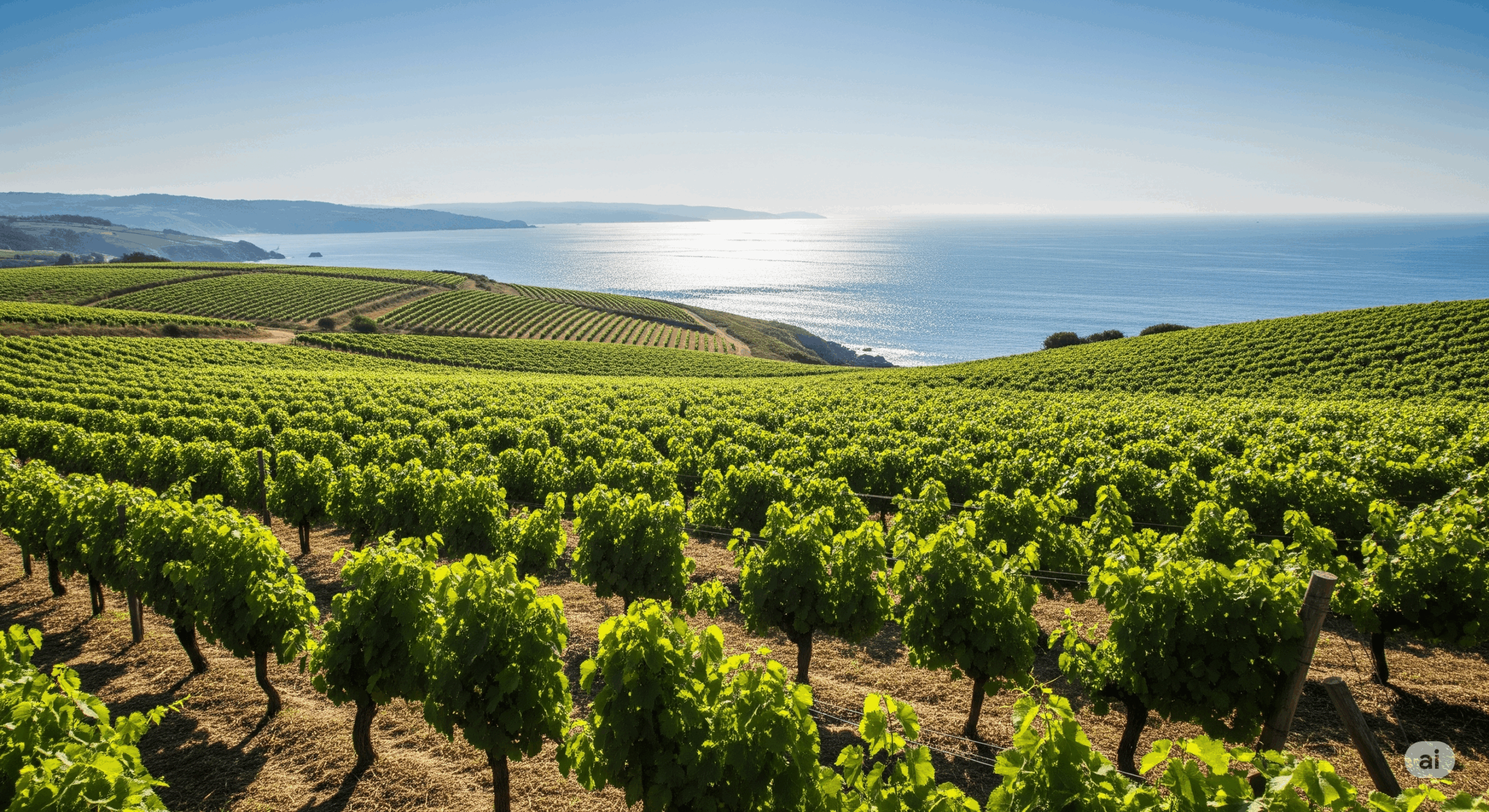Last year, I jumped on the “En Primeur” bandwagon for the first time. En primeur or “wine futures”, is a method of purchasing wines shortly after they have been barreled but long before bottling. Timing typically ranges from 18 months to 3 years before shipment. En primeur presents an opportunity to buy wines considerably cheaper than they will be at release, however, there is no guarantee and some wines may lose value over time. Moreover, wines are purchased “in bond”, meaning the price you pay is exclusive of shipping, duty fees, and taxes. Depending on how you receive your wine (i.e., shipping or picking up locally), these fees will have an impact on final price. Many en primeur retailers in the United States, however, factor these costs in at purchase, so always good to read the fine print when comparing prices.
En primeur isn’t available everywhere but is common in Bordeaux, Burgundy, the Rhône Valley, and Port; other regions are starting to adopt the practice as well (including some wineries in California). Besides presenting potential value to consumers, the advance sales help fund future vintages – so it is a symbiotic relationship.
Being my first en primeur, I decided to focus on the biggest and most well-known of them all, Bordeaux. While I have routinely purchased “pre-arrival” wines, delivery has usually ranged between 3-9 months – when value is objectively clear. En primeur was taking me outside my comfort zone, which would require a lot of research! Lucky for you, I’ve gone to the deep dark corners of the Internet to do that research and can give you a few tips to avoid some of the headaches (and laptop chucking!) that I endured.
1. Decide If the Vintage Is Worth Your Investment
There are good vintages, great vintages, and vintages that give you butterflies in your stomach. If you are purchasing for personal consumption, my advice to is to focus on the latter. If you don’t have a personal wine broker (yes, those exist), the investment you put in (or should put in) to prepare for an en primeur is significant. Significant not only in cost but your time to prepare and execute. For me, 2018 was one of those vintages.
Bordeaux was marked by two periods of extreme, but complimentary, weather: A rainy period from January to early July and then dry, sun-drenched weather from July to harvest. The rain created a vast amount of water reserves in the soil and, for those growers able to stay ahead of vine disease from the excessive moisture, the reserves comfortably carried them through the dry season.
The timing of the dry season was perfect for growing powerful, concentrated grapes to optimal ripeness. Consistent alternating hot days and cool nights resulted in a freshness and aromatic complexity rarely achieved in Bordeaux. The result, an outstanding quality grape worth taking a gamble on at en primeur. Moreover, given the challenges the wet season presented for some growers, yields varied considerably by chateau, meaning en primeur might be my only opportunity to purchase certain wines before they’re sold out.
2. Mark Your Calendar for Bordeaux En Primeur Week
This is the debutante ball of the vintage. Wine professionals from around the globe come together for a week of barrel tasting. Wholesalers and retailers gauge potential consumer demand back home, critics gaze into their crystal ball to determine ratings (usually in a range) for the final product once bottled, and press consumes it all with up-to-the-minute reporting on the winners and losers (both in terms of quality and value). For the 2018 vintage, this occurred during the first week of April 2019. For those looking ahead, the 2019 vintage will debut 30 March – 2 April 2020.
3. Make A Game Plan
Once the barrel tastings begin (at the chateaus or communal locations), there will be a flood of information available. You will need to decide what factors are important to you in purchasing and how you will go about ranking wines to purchase. There are a lot of philosophies out there on approach, but for me data is king. First, figure out how much you are willing to spend before walking away. En primeur can be a feeding frenzy once the wines become available (usually around May) and you will have offerings thrown at you left-and-right, not really knowing which order they will come in or when a specific chateau will become available. Having a budget (and committing to that budget) will help you know when to stop checking offers and go back to enjoying your life.
Once you have a budget, you’ll need to figure out how you want to spend it. Are you going for high end offerings like Le Pin (€1,450/bottle) that might break the bank after a bottle, or are you looking to create some other combination? For me, I look to build a case based on my budget. A case is a great number for shipping if you are purchasing from a single retailer. Anything less than that and I feel the experience wasn’t worth the effort. Anything more would require another case (again, to maximize shipping) and that is just too much for me from a single vintage. There is a lot of great wine out there and I want to spread the wealth!
So, armed with my budget and bottle count, it’s time to dig into critic ratings and related press from En Primeur Week and its aftermath. I usually normalize and average the main critics scores for each wine (putting my finger slightly on the scale for those critics that align best with my palate). If math is not your forte, there is a new rating in town called the “Global Wine Score” that does the work for you (but applies equal weight across critics). A look at their methodology can be found here.
Once the ratings are complete, I then rank all wines by their average score and lop off those averaging below 94 points. Yes, there are going to be amazing wines that fall below this threshold but this is en primeur which, in my opinion, requires a more conservative approach then purchasing once bottled and ready for sale. Moreover, I am confident values can be found below 94 points once available on the open market.
For the wines remaining, I then look up the previous year’s price for each wine (knowing I need a buffer up or down depending on quality vis-à-vis the current vintage). From there, I lop off those wines which are clearly outside my budget and those which present less value vs. other wines. For example, removing a higher priced wine that had a similar or lower score than a much lower priced wine.
I now have my wish list! I pick two wines that are my “must haves” and the remainder are available to build my case.
4. Liv-Ex Is A Lifesaver
My wish list will undoubtedly contain more wines than needed to build a case, but it’s important to have flexibility. Retailers that you purchase through may not have access to many wines on your list or the ultimate release price may not present the value you perceived. On this latter point, this is where Liv-Ex can come in handy. Liv-Ex is a global marketplace for the wine trade (think insiders only) but it makes a lot of useful information available publicly on its website. During en primeur one very useful data point is their wine release “Fair Value” estimate. Here is an example using 2018 Cos d’Estournel. Liv-Ex not only gives you a sense of whether the current release is a fair value, but they also tell you if other vintages already on the market present a better or equal value. Liv-Ex’s dedicated Bordeaux 2018 section can be found here.
5. Okay, I’m in! So How Do I Purchase?
Most of the big-name retailers offer en primeur, some more than others. For example, Millesima-USA probably has the largest and most complete collection of en primeur offerings in the United States. Indeed, they are one of the 5 largest buyers of en primeur in the world (upwards of 70,000 cases!). The downside is they usually require you to purchase in allocations of 3, 6, or 12 bottles per wine. Other retailers like Wine.com, Vinfolio, or Wally’s may not have the depth or breadth of Millesima-USA, but they will allow you to purchase in smaller increments and even a la carte.
For those who want to take en primeur to the next level, you can also purchase directly from the source – an established merchant in Bordeaux. One such merchant is ChateauPrimeur. In most cases, pricing will be very competitive vis-à-vis US merchants and you can purchase a la carte, but you’ll usually have to arrange shipping. There are services available that can help sort that out or, better yet, you can make a holiday of it and travel to Bordeaux to pick up directly!
6. So, What Did I Purchase?
All in all, my first en primeur was thrilling and I am very happy with the selections I obtained. I opted to purchase most of my wines (except for one “must have”) through ChateauPrimeur. My decision wasn’t because value was lacking in the US; instead, I just really needed an excuse to visit Bordeaux in 2021! For those curious minds, here’s a list of my selections. Happy hunting!
| Wine | Quantity |
| 2018 Chateau Beausejour Duffau Lagarrosse | 1 |
| 2018 Chateau Branaire-Ducru | 1 |
| 2018 Chateau Canon | 1 |
| 2018 Chateau Laroque | 3 |
| 2018 Chateau Leoville Las Cases | 2 |
| 2018 Chateau Pavie-Macquin | 1 |
| 2018 Chateau Pontet-Canet | 1 |
| 2018 Vieux Chateau Certan | 2 |
Did you like this content? If you did, let us know and share it with your friends.
This page contains affiliate links. We receive a small compensation when you purchase through affiliate links. While clicking these links won’t cost you a cent, it will help us keep the lights on and buy more wine. To find out more, click here.






